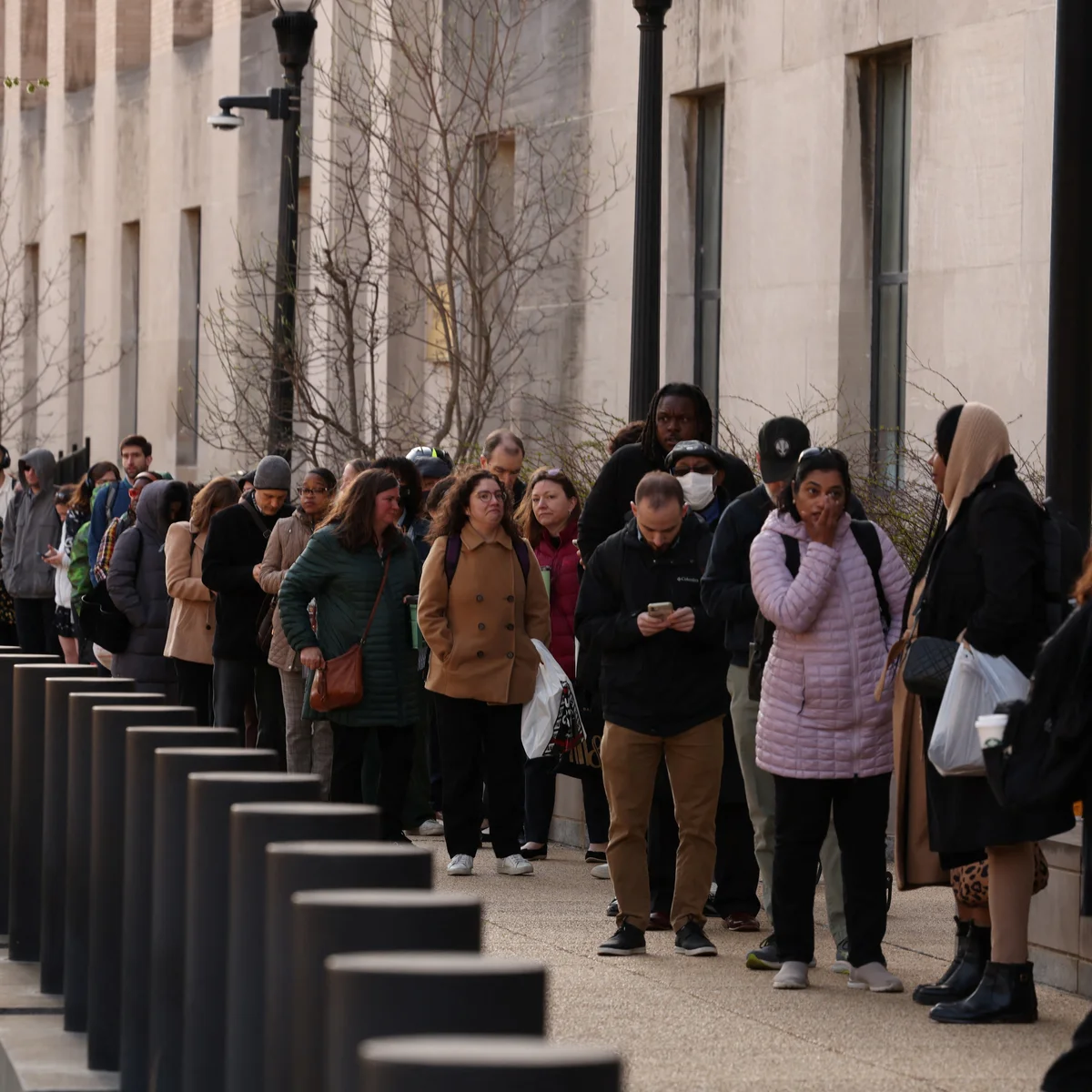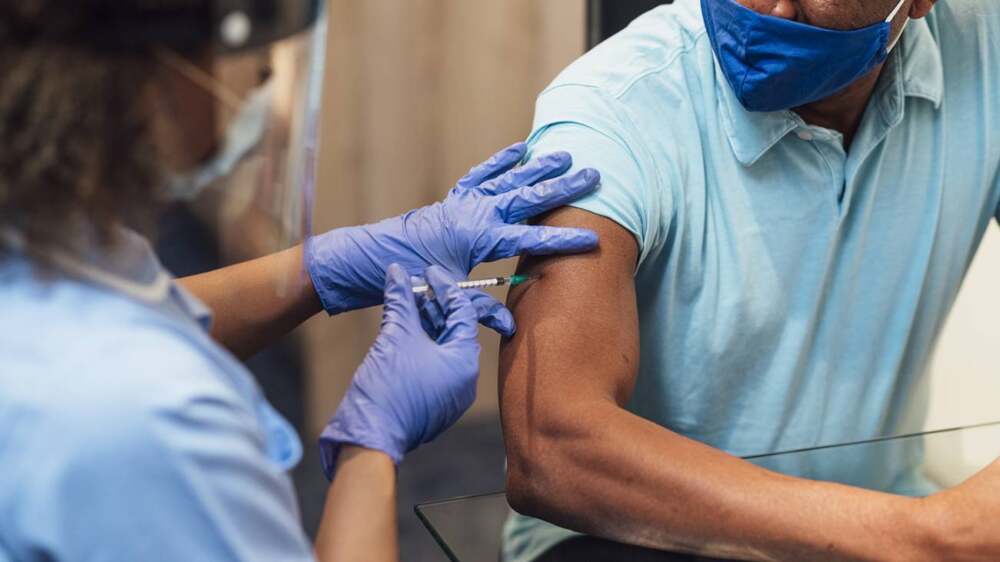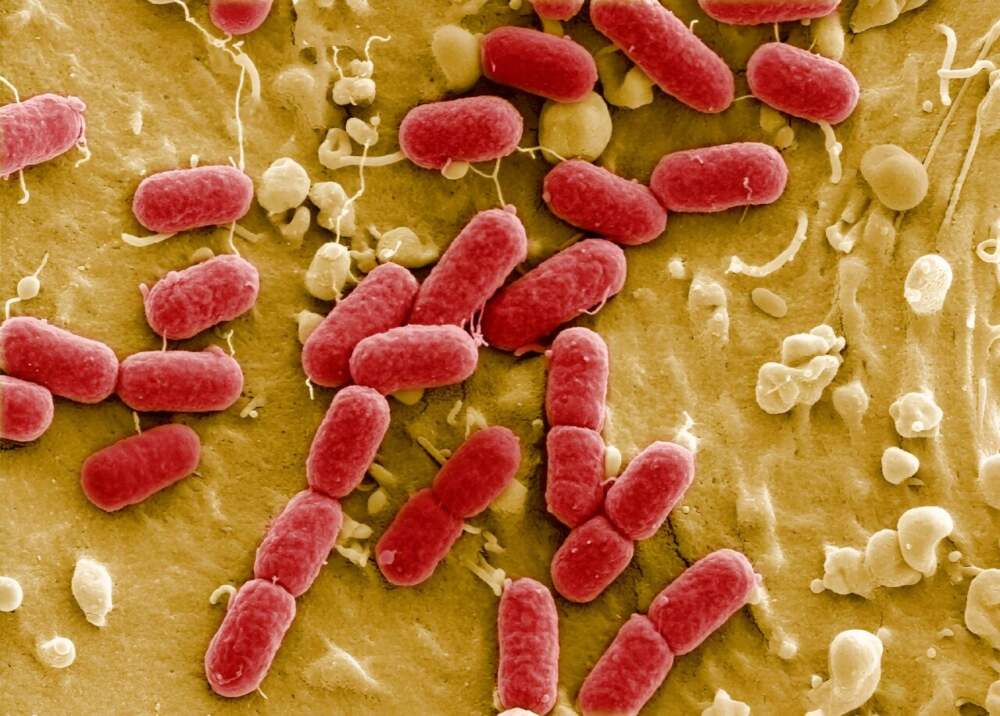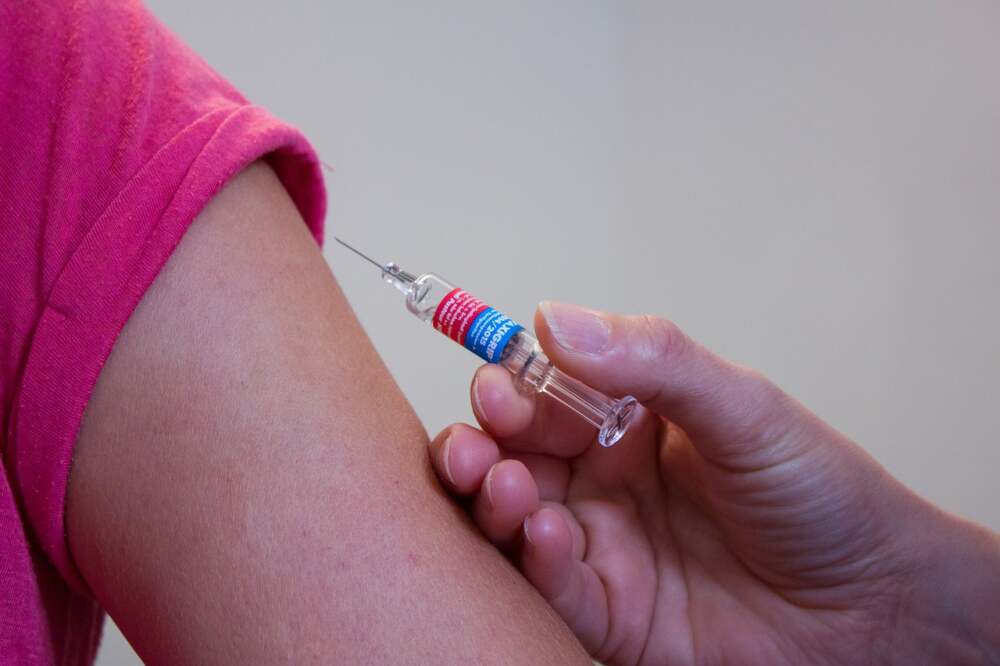New data from the Centers for Disease Control and Prevention shows that the HPV vaccine is delivering powerful results—particularly among young women—but knowledge gaps persist that may hold back broader progress.
Dramatic Drop in Precancerous Cervical Lesions
Between 2008 and 2022, rates of serious cervical precancers among screened women aged 20 to 24 plummeted by about 80%, a period coinciding with widespread adoption of the HPV vaccine among this group. Additional data shows a roughly 37% decrease in such lesions among women aged 25 to 29 within the same timeframe. These findings strongly suggest the vaccine’s effectiveness in preventing the early stages of cervical cancer.
Public Awareness Lags Behind Progress
Despite the vaccine’s success, public awareness remains regrettably low. Only about one in three adults recognize that the virus can cause throat (oropharyngeal) cancer, which accounts for a majority of HPV-linked cancers. Meanwhile, full vaccination rates among eligible adults remain under 7%, a barrier that further limits preventive impact.
What This Means for Public Health
- Vaccination is Working: The steep decline in precancerous conditions underscores the vaccine’s role as a cornerstone of cervical cancer prevention.
- Education Must Catch Up: While parents are increasingly vaccinating children, awareness of HPV’s connection to other cancers—and who can benefit—remains lacking.
- Broader Outreach Needed: Improving public understanding—especially among adults and healthcare providers—could boost vaccination rates and save more lives.
Quick Overview
| Trend | What’s Happening |
|---|---|
| Precancer Reduction | ~80% drop in young women (20–24); ~37% drop in women 25–29 |
| Public Awareness | Only ~33% of adults know HPV causes throat cancer |
| Vaccination Rates | Less than 7% of eligible adults are fully vaccinated |
















Leave a Reply